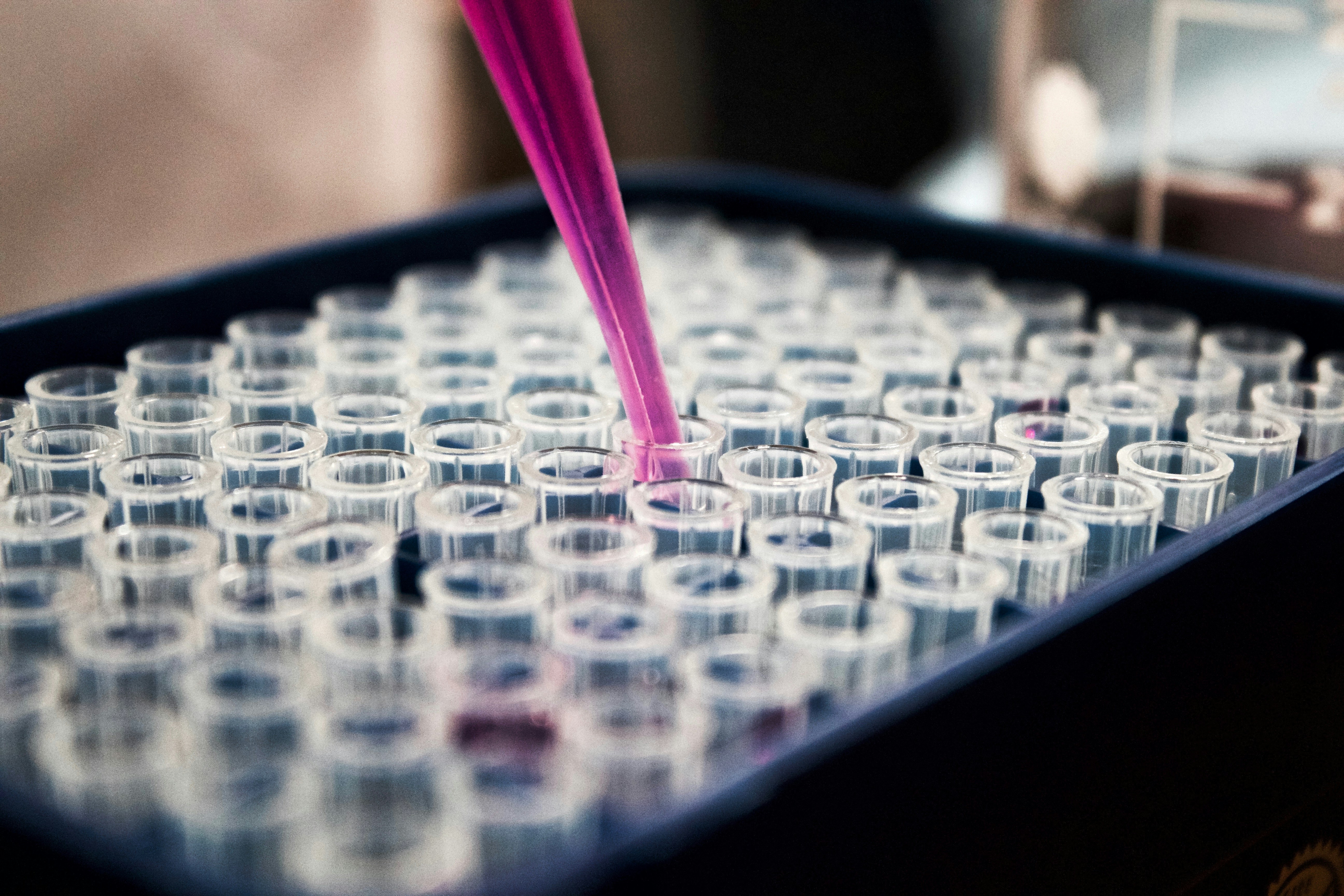Introduction to Liquid Filling Lines
In the fast-paced world of manufacturing and packaging, efficiency is key. One vital piece of equipment that has transformed how liquids are packaged is the liquid filling line. Imagine a seamless system that automates the process of filling bottles, containers, or pouches with precision and speed. This technology not only enhances productivity but also ensures consistency in quality.
Whether you’re working in food and beverage, pharmaceuticals, or cosmetics, understanding what a liquid filling line entails can significantly impact your operations. As businesses strive to meet growing demands while maintaining high standards, these lines have become indispensable tools in various industries. Let’s dive into what makes a liquid filling line tick and explore its many facets!
Components of a Liquid Filling Line
A liquid filling line comprises several key components that work together seamlessly. At its core is the filler machine, designed to dispense precise volumes of liquid into containers.
Next comes the conveyor system, which transports bottles or jars through various stages of the filling process. This ensures efficiency and consistency from start to finish.
Another critical component is the capping machine, responsible for securely sealing each container after it has been filled. This step helps maintain product integrity and prevents spills during transport.
Additionally, there are often inspection systems in place to check for fill levels and packaging quality. Advanced technology may include sensors that detect any discrepancies before products leave the line.
Control panels allow operators to monitor and adjust settings easily, ensuring optimal performance throughout production runs. Each element plays a vital role in achieving high-quality output while maximizing productivity.
Types of Filling Methods Used in Liquid Filling Lines
Liquid filling lines utilize various methods to ensure precise and efficient filling of containers. One popular method is volumetric filling, where a specific volume of liquid is dispensed into each container. This technique is common in industries dealing with beverages and chemicals.
Another widely used approach is gravimetric filling, which measures the weight of the liquid as it fills the package. This method provides high accuracy and consistency, making it ideal for products that require exact dosages, such as pharmaceuticals.
Piston fillers are also prevalent in liquid filling lines. They use a piston mechanism to draw in and dispense liquids, offering flexibility for thick or viscous products like sauces or creams.
Flowmeter-based systems measure the fluid’s flow rate while dispensing. This technology ensures quick adjustments during production runs, catering to varying container sizes without compromising speed or quality. Each method has its strengths tailored to different industry needs.
How Does a Liquid Filling Line Operate?
A liquid filling line operates through a well-coordinated series of steps. First, containers such as bottles or jars are positioned on the conveyor system. This ensures that each container is ready to be filled without any interruption.
Next, the filling liquid filling line machine activates. It draws the liquid from a storage tank and dispenses it into each container in precise amounts. Sensors monitor fill levels to guarantee accuracy and consistency.
After filling, containers move forward for capping or sealing. This process can include automated labeling systems that prepare products for distribution.
Quality control checks often occur at various stages to ensure compliance with standards. Throughout this operation, efficient design minimizes downtime and maximizes productivity while maintaining hygiene standards essential for liquid products.
Benefits of Using a Liquid Filling Line

A liquid filling line streamlines the bottling process, enhancing productivity. By automating filling tasks, it significantly reduces labor costs and minimizes human error.
Precision is another major advantage. These systems ensure consistent fill levels across all containers, which improves product quality and customer satisfaction. No more worries about overfilling or underfilling.
Flexibility also Automatic Liquid Filling Line plays a crucial role. Many liquid filling lines can handle various container sizes and types, making them adaptable to changing production needs. This adaptability supports businesses as they grow or pivot their product offerings.
Moreover, modern liquid filling lines often feature advanced technology for monitoring operations in real-time. This capability allows manufacturers to quickly identify issues before they escalate into bigger problems.
Using a liquid filling line contributes to better hygiene standards. Automated processes reduce the risk of contamination compared to manual methods, ensuring that products remain safe for consumers.
Common Applications for Liquid Filling Lines

Liquid filling lines are essential in various industries, each with unique requirements. In the food and beverage sector, they efficiently handle everything from sauces to juices. Precise filling ensures product consistency and reduces waste.
Pharmaceuticals also rely heavily on these systems. Liquid medications must be filled accurately to meet strict regulatory standards. Any deviation could affect patient safety.
Cosmetic products benefit from liquid filling lines as well. Lotions and serums require careful handling to maintain quality while ensuring timely production.
Chemical manufacturing utilizes these lines for hazardous liquids too. Robust designs protect operators while maintaining efficiency in potentially risky environments.
Additionally, household products such as cleaners often pass through these systems for quick packaging solutions that save time and labor costs. The versatility of liquid filling lines makes them indispensable across multiple sectors, driving productivity and enhancing quality control practices.
Choosing the Right Liquid Filling Line for Your Business
Choosing the right liquid filling line for your business requires careful consideration of several factors. Start by assessing the nature of your product. Different liquids, whether thick or thin, require distinct filling technologies.
Next, think about your production volume. Are you looking to fill a few hundred bottles a day or scale up to thousands? High-capacity lines might be necessary for larger operations.
Also, consider flexibility. Some liquid filling lines can handle different container sizes and shapes with minimal adjustments. This adaptability can save time and costs in the long run.
Don’t forget about compliance and hygiene standards relevant to your industry. The right equipment should meet safety regulations while ensuring product integrity.
Factor in budget constraints without compromising quality. Research various manufacturers and seek expert advice when needed; it will help align technology with your specific operational needs.
Maintenance and Troubleshooting Tips for Liquid Filling Lines
Regular maintenance is crucial for keeping liquid filling lines running smoothly. Start by performing routine inspections on all components, including pumps and nozzles. Check for wear and tear that could affect performance.
Cleaning is equally important. Residue buildup can lead to clogging or inaccurate fills. Establish a cleaning schedule based on your production needs to ensure optimal hygiene and efficiency.
If issues arise, be prepared with troubleshooting steps. Monitor fill accuracy consistently; if discrepancies occur, recalibrate the machines immediately. Inspect airflow systems as blockages can disrupt operations.
Keep an eye out for unusual noises or vibrations during operation; these often signal underlying problems. Address them early to avoid costly repairs down the line.
Maintain a log of any disruptions or repairs made over time. This will help identify recurring issues and streamline future maintenance efforts.
Future Innovations in Liquid Filling
The landscape of liquid filling lines is continually evolving. As technology advances, we can expect to see innovations that enhance efficiency, accuracy, and sustainability.
Automation is set to play a larger role in the future of liquid filling lines. With improvements in robotics and artificial intelligence, these systems will become even more precise and quicker. This means reduced downtime and less waste during production processes.
Moreover, smart technology integration will allow for real-time monitoring and data collection. Manufacturers can analyze performance metrics instantly, leading to smarter decision-making regarding production adjustments or maintenance needs.
Sustainability is another key area where innovation will shine. Companies are increasingly focusing on reducing their carbon footprint. Liquid filling lines could incorporate eco-friendly materials or zero-waste systems to align with environmentally-conscious practices.
As industries strive for greater customization, the demand for versatile liquid filling solutions grows as well. Future designs may allow for easy switching between different product types without extensive reconfiguration.
Keeping an eye on these trends ensures businesses stay competitive while meeting consumer expectations in an ever-changing market landscape. Embracing new technologies not only enhances operational efficiency but also prepares companies for future challenges ahead.




